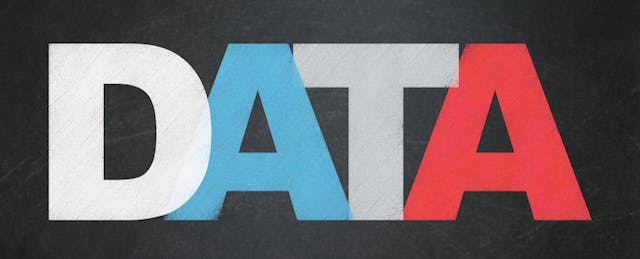To get a solid understanding of her students' progress, Elizabeth Doggett needed to look no further than her laptop.
As a teacher at Summit Public Schools, a West Coast charter network, Doggett had access to a broad range of fine-grained data about each of her students through an online student information dashboard. Developed by Summit, the Personalized Learning Plan (PLP) allows teachers to track overall classroom trends and individual student progress, as well as view performance trends in specific subjects. The result? Better targeted instruction—and, since parents and students can also access the PLP, more opportunities for families to help their children learn.
“I can’t imagine teaching without having all this data at my fingertips,” Doggett told us last year as part of our research on how teachers use data in the cla ssroom. “It makes my life so much easier. It makes the students’ lives so much easier. It makes me a better teacher, and it makes them more successful students.”
Schools are now awash in data—data that can help teachers personalize instruction to every student’s strengths and weaknesses. But too rarely do tools like Summit’s PLP help teachers make sense of the information available to them.
For most teachers, the data that’s readily available is either organized by individual student, making it difficult to quickly identify class wide needs or trends—or it is instead aggregated in ways that make it difficult to determine the needs of individual students.
Technology offers ways around these dilemmas, but in most places, we still have a long way to go. Two-thirds of the more than 4,600 teachers we surveyed said they are not fully satisfied with the effectiveness of the data—and the related tools—to which they regularly have access.
For example, teachers said they are often overwhelmed by the digital tools that are available to collect, analyze, and put data to use. That’s not surprising, given that the tools are often incompatible with one another, inconsistent in their ability to report data, and too slow to provide information that teachers can use to modify instruction in meaningful ways.
And while data and tools are supposed to help teachers individualize instruction, many teachers find parsing, aggregating and analyzing data overly time-consuming. “It’s not difficult to put the data in," one teacher told us, "but . . . I could be using that time to plan a lesson.”
Here’s what another educator had to say:
“I’m taking the standards from the report card; I put them in a spreadsheet. I input all the kids’ names. I print out the spreadsheet with all their names on it. As I’m assessing them, and talking to them, and working with them, I’m filling in the spreadsheet. And then I take my handwritten spreadsheet and bring it to the computer, and input all the grades.”
That’s the sort of task that would be intolerable in other professions.
As an educator in the video below explains, a lot of what existing data tools do is “tell someone what happened. We’re not very good at predicting what might happen. And we’re even less good at saying what you should do given what might happen.”
From the 2015 study, Teachers Know Best: Making Data Work for Teachers and Students Bill & Melinda Gates Foundation.
Clearly, technology needs to better address teachers’ needs regarding student data. But our research shows that teachers in “technology-forward schools”—whose leaders invest in technology and tools and in staff time to use it—are much more likely to be adept at using data to individualize instruction for all students. There are innovative schools across the country, including KIPP Chicago, Intrinsic Schools, Summit Public Schools, and Merit Prep, that have developed tools to help teachers use data successfully, and they can serve as examples.
Teachers should push for time to work together to understand and share data about their students. They can also help students learn how to meaningfully track their own progress and participate in decisions about their learning, in many cases using the same information their teachers use. In these ways, we can make sure that data actually helps teachers and students work well together, rather than just work more.
Karen Johnson is a Senior Program Officer at the Bill & Melinda Gates Foundation.



